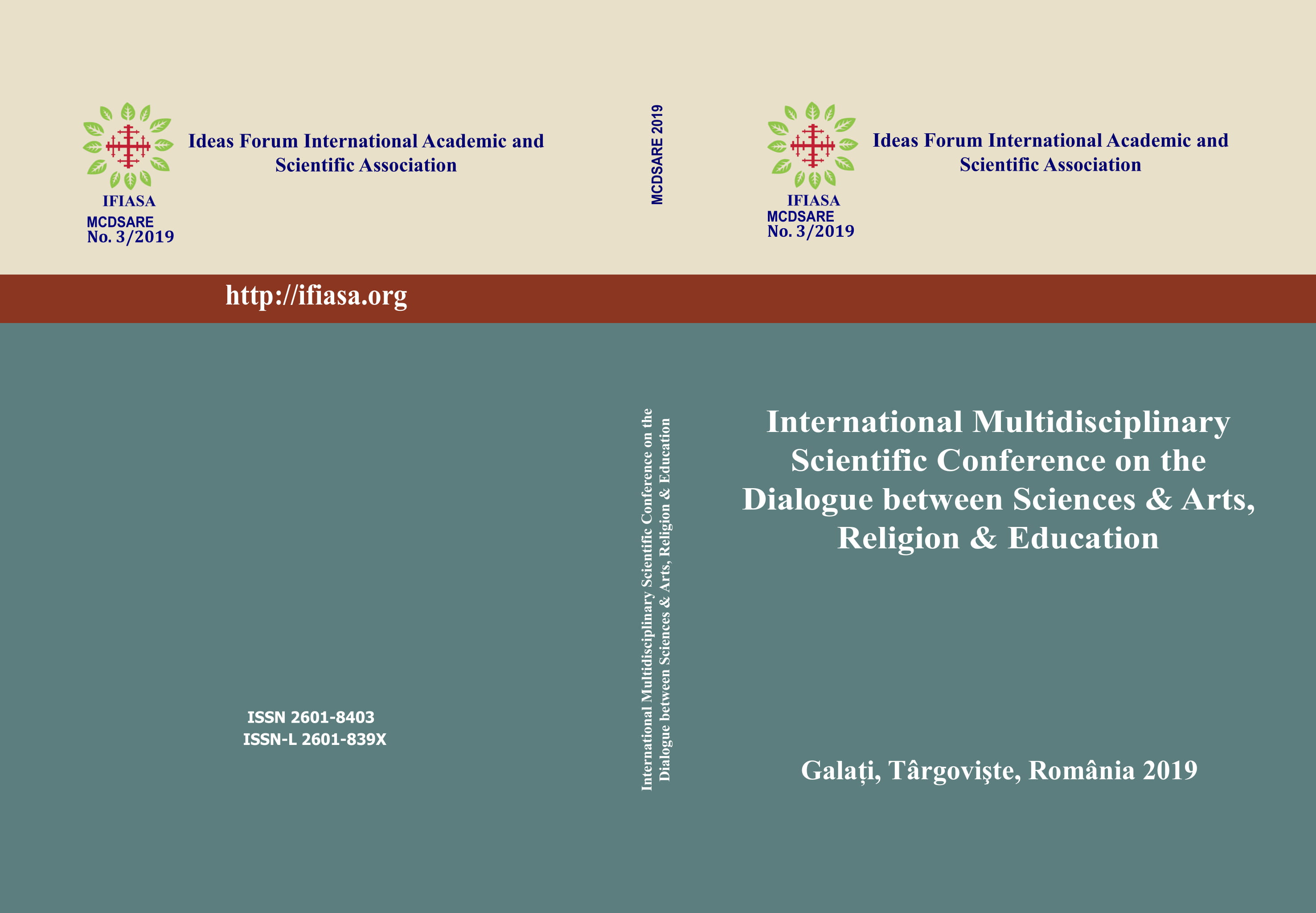INTERCULTURAL COMPETENCE – COMPONENT OF THE
TEACHER` PROFESSIONAL IDENTITY
INTERCULTURAL COMPETENCE – COMPONENT OF THE
TEACHER` PROFESSIONAL IDENTITY
Author(s): Luminiţa Mihaela Drăghicescu, Ioana StăncescuSubject(s): Social Sciences, Education
Published by: Ideas Forum International Academic and Scientific Association
Keywords: globalization; interculturality; intercultural education; intercultural competence;
Summary/Abstract: Globalization, interculturality and the whole range of changes generated by them are powerful imprint onthe educational phenomenon. In a plural world, under the sign of inter - and multi -, education can`tremain locked in the pattern of a mono - type logic. By appropriately valuing cultural diversity and beingaware of the impact of the cultural context on the development of the child's personality, any educatormust approach an inter-type logic, promoting the principles of intercultural education and designingeducational practices aimed at all students and each student, in the same time. In this context, due to theacute need to adequately address the diversity of school space, the intercultural teacher training is anecessary step. Thus, fundamental changes are needed at the level of initial and continuous teachertraining programs, in order to empower teachers with the competences necessary for a propermanagement of differences between students. Intercultural competence becomes a compulsorycomponent of the teacher` professional identity. Teacher training programs should be organized aroundsome fundamental acquisitions from the point of view of interculturality. Such an approach is extremelydifficult and complex, because it involves changing the mentality of educators and overcoming their ownvulnerabilities. In our study, we will focus on analyzing teachers' perception on the importance offorming and developing their intercultural competences. This approach is motivated by the fact that thecultural, religious or linguistic differences identified at students` class level are often ignored by theteachers, sometimes even when they become sources of conflict.
- Issue Year: 3/2019
- Issue No: 3
- Page Range: 218-224
- Page Count: 7
- Language: English

